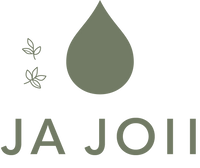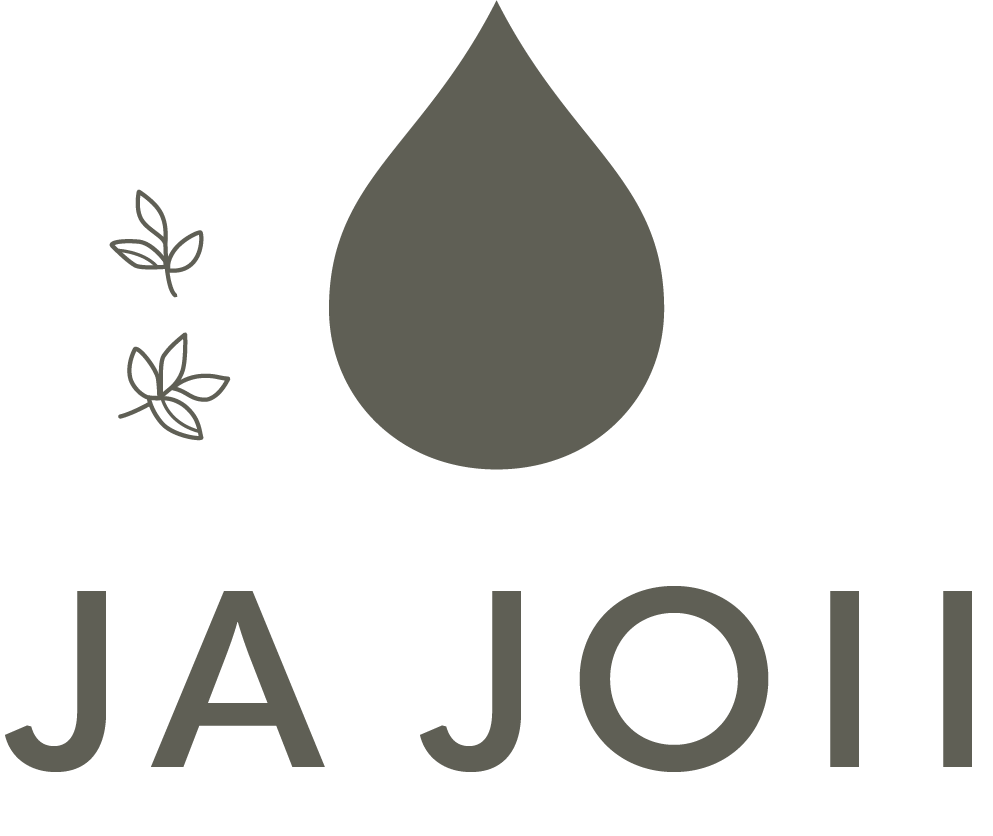Newborns and especially premature babies need more than just closeness—they need supportive, breathable, and developmentally safe babywearing options.
If you're looking for the safest baby carrier or wrap to use during those fragile early weeks, this guide breaks down what to look for—and what to avoid—so you can make the best choice for your baby’s growth and safety.
Why Newborns and Preemies Need Special Support
During the newborn phase, your baby’s muscles, joints, and lungs are still developing. That means your carrier must:
-
Provide complete head and neck support
-
Support the spine in a natural “C” curve
-
Encourage the M-position to promote healthy hip development
-
Be made from breathable, soft material
-
Keep baby visible and kissable at all times
What Pediatricians Recommend
“Proper hip and spine alignment is essential during infancy. A good baby carrier supports the thighs, keeps the knees higher than the bottom, and helps babies feel secure while allowing natural development.”
— Dr. Lisa Nguyen, Pediatric Orthopedic Specialist
Carrier Comparison: Newborns vs. Older Babies
| Feature | Newborn/Premature Baby | Older Baby (6+ Months) |
|---|---|---|
| Hip Positioning | Must support M-position | Should maintain M-position support |
| Neck & Head Support | Essential | Not required once baby can hold head |
| Carrier Type | Soft wrap or structured newborn carrier | Toddler hip carrier, baby seat-style |
| Weight Distribution | Light and snug fit | Can tolerate more structured support |
| Best Carriers | Best baby wrap, baby ergo with insert | Baby hip carrier, toddler sling |
| Recommended Carrier | Wraps for bonding, soft structured carriers | Ja Joii for toddlers and active parents |
What to Look For in a Safe Newborn Carrier
-
M-position support: baby’s knees above bottom
-
Snug fit: close enough to kiss, tight enough to support
-
Clear airways: chin off chest at all times
-
Soft, breathable fabric to prevent overheating
-
Avoid dangling legs or stiff inserts that strain baby’s hips
Why Ja Joii is Ideal After the Newborn Stage
Ja Joii is not designed for preemies or newborns but becomes the ideal upgrade once your baby reaches 6 months and has gained proper neck and trunk control.
Key benefits include:
-
Built-in ergonomic baby seat
-
Lightweight, breathable AirMesh fabric
-
Suitable for 6 months to 5 years
-
Transitions easily between hip, front, and side carry
-
Compact design folds into a belt bag
Final Thoughts: Safety Starts with Support
Your baby’s early months are foundational. The right carrier should:
-
Promote safe posture
-
Support healthy joint and spine development
-
Allow for bonding, movement, and visibility
-
Grow with your baby’s needs
Start with a soft wrap or newborn-friendly carrier. Then, when your baby is ready, transition to Ja Joii for stylish, hip-safe, and everyday support that lasts into toddlerhood.


